|
|
|
About three months ago I did something I often do but I am embarrassed to admit: I assigned a "sub lesson" when absent, asked students to submit evidence of completion, and then... ...wait for it... DIDN'T EVER LOOK at the document! Yes, I suppose it's a combination of my confidence in the accountability created by having students submit images via a collaborative google doc, and the pure hecticness during the school year. More of the later. Anyhow, here I am, sitting at some random cafe enjoying my summer and cleaning up my Google Drive, and I stumbled upon a Google Doc that contained a sub assignment I had asked my students to do when learning about balancing ionic compounds. I have been striving to incorporate more inquiry into my sub assignments, and this was my first stab at it. A little bit about the lesson: My 4-year-old twin boys were gifted a set of HUGE, generic legos, and I had a thought! See image below: While my kids quickly realized that they were not "real" Legos and went on to doing whatever 4-year-old twin boys do, I saw a potential sub lesson!
In my chemistry class we had just got done learning about the Periodic Table of Elements and how positive and negative ions form. I had yet to introduce the idea of ions transferring electrons to form balanced ionic compounds. Hence, the entry point for inquiry! I was to be gone the next day of class, and I decided to cut all the legos into blocks of 1, 2, or 3, bumps (not sure what the correct term is?), that, in my mind, represented the +1/-1, +2/-2, and +3/-3 ions. It is a common activity to have students form ionic compounds by fitting them together correctly. But, my students did not know this. Hence, the entry point for inquiry! After placing all the pieces in the center of the room, I emailed my sub the following prompt: Ask students to model the formation of Ionic Compounds using this document. Ask them to insert images of their models into the document. To be honest, I had know idea what they would produce, as the prompt was very open-ended in general, let alone for a sub assignment. Back to the point of this post. When I looked at their responses...today...I was blown away. They completely nailed the activity. Shame on me for not even following up with them the next day in class...It is so easy to lose track of the most important things as a teacher at times.. Embarrassing, but true. Below is screenshot from the shared google doc where they uploaded their responses:
As I continue to 5E Lesson Cycle examples, I thought I would share a short example of a game I play to make the often boring "Explain" phase of the cycle, not so boring.
The "Explain" phase is characterized by the delivering of lower Blooms Taxonomy type information to help students fill in knowledge gaps intentionally surfaced during the "Engage" and "Explore" phases. Spackle, not paint. Think of Daniel Larusso in the Karate Kid painting his mentor's fence, or waxing his car. Lower Blooms information that the learner returns to, despite its monotony, because the student has been Called to Adventure. The menial tasks have a meaning. They have context. The mentor is delayed. After a laboratory on Flame Test colors with my Honors Chemistry students, where they were challenged to predict the relationships between electrons, energy, and light, I was challenged with boring task of teaching them how to write proper Electron Configurations. The "wax on, wax off" of chemistry. The skill is quick, but requires a lot of repetition to master, before we can move onto the "Extend" phase of applying their knowledge to more complex, and applicable content domains such as Photoelectron Spectroscopy. It is a perfect candidate for my favorite game: Lower Blooms Hoops! Here is how I do it:
My kiddos literally solved 100 electron configurations today. Not sure what I'll give them, but that's not the point. Shh.... Check out a quick video of the process I took today. Apologies for the quality and informal style of the videographer :)
*Note: The below lesson is only an outline meant to encourage deeper thinking about the 5E cycle.
Standard
NGSS: HS-LS2-3: Construct and revise an explanation based on evidence for the cycling of matter and flow of energy in aerobic and anaerobic conditions. 1. Engage
Display the below image and ask the question: What are you curious about?
Desired student questions include, but are not limited to, the below:
*Purpose: To surface content related questions without explicitly asking students. 2. Explore
Teach how to leverage Arduino Uno to create their own Pulse Oximeter. Click here for instructions and materials. Once complete challenge students to design and conduct an experiment to determine the impact that various types of exercises and activities (breathing through a straw, etc.) have on pulse and oxygen saturation. Students will then hypothesize the relationship between pulse, oxygen saturation and energy use. Experiment must be conducted using appropriate research design methodology. (Control, independent, dependent variables outlined clearly)
*Purpose: To challenge students to think deeper about energy during exercise and strain, as well as revisit research methodology and promote crosscutting NGSS integration such as engineering, etc. into the lesson. By not addressing "Blood Doping" directly, students are left wondering the relationship between the "Engage" and "Explore" phase further intensifying their curiosity and desire for more content. 3. Explain
Conduct a lesson on Cellular Respiration, clearly outlining and diagraming the process of Glycolysis, Krebs cycle, and defining organelles such as the cytosol and the mitochondria. Once complete, ask the driving question: How does the processes outlined relate to "Blood Doping". After students share their responses, play the video below:
*Purpose: To deliver basic content (diagrams, processes, vocabulary) to help students make a deeper connection between the "Engage" and "Explore" phases.
4. Extend
Pose the below medical case study to students and challenge them to:
A, 23-year-old, 5’ 9”, 105 lb, caucasian female presented in her physician’s office with a sudden onset of weight loss along, pain when urinating, and chronic extreme hunger. The patient also reported a strange mold-like substance forming in her toilet over the past week. *Purpose: To facilitate connection between information obtained during the "Explain" phase and applications of content in the "real world" (note: I hate the term "real world" but application can extend beyond medical diagnostics, etc.). 5. Evaluate
I have written to annoying lengths about my love for the connection between the 5E Inquiry Learning Cycle and Joseph Campbell's Hero's Journey.
The below diagram outlines the serendipitous connections between these two cycles well:
In preparation for a professional development workshop I facilitated yesterday, I created a lesson planning template based on the above connection that I am very happy with.
My hope is to use a copy of the template for each cycle I create in my biology and chemistry classes for the upcoming semester. Unlike previous templates I have used, this one leverages a Google Slide template, as a planning, rather than presentation document. The flexibility of editing slides, embedding video, etc., makes Google Slides an incredibly flexible medium. You will notice that each of the five phase of the 5E/Hero's Journey cycle hyperlinks to an associated slide. I love this feature as it creates a contained pedagogical cycle, allowing the teacher to focus on each phase individually, IN THE CONTEXT OF THE WHOLE. As an educator, this connectivity is very comforting, and as Jon Stewart said: "A structure that allows for creativity". You will notice that each slide has two portions: 1) Lesson Procedure and 2) Technology integration. By "tagging" the technology on as an afterthought, this template forces the teacher to first think pedagogically (How does this procedure serve the inquiry cycle as a whole?), then procedurally (How will I make structure the class to accomplish the goal of the specific portion in the cycle?) and finally technologically (How can I leverage technology to make this lesson even more efficient, productive, meaningful, etc.?). Thus, technology serves the pedagogy by simply following the template. An ideal teaching tool IMO. Click here and "make a copy" of the template for your own use. The template is also embedded below for ease of viewing. Enjoy! I have written in the past about how much I am enjoying teaching Biology this year. After graduating with a degree in Biochemistry, my first teaching job, and thus the subsequent 17 years, led me to the world of chemistry education.
Upon switching schools, the opportunity to teach a few courses of Biology surfaced. Two years in, I am humbled by how much I don't know/forgot, both related to content and pedagogy of Biology instruction, and how much exciting opportunity there is in the field. Keeping the above in mind, I have been experimenting with a "Medical Case Study" approach to teaching the course, leveraging hypothetical patient intake exam symptoms, and subsequent student diagnosis to spark curiosity, and inspired initial research, around specific themes. Click here to read more. After leveraging case studies as points of entry for inquiry for the past two years, students appear, in general, very excited about facets of science I did not expect. For example, in researching patient symptoms, students are exposed to medical journals and pharmaceutical research to help validate their hypothesis and gain more information on the topic. Given exposure to applicable, and important research has appeared to inspire my students to want to conduct their own research in a way that transcends that which can be found in a traditional school curriculum, textbook, or lab manual. To quote a few students just today (note: students call me by my first name) "Ramsey, can we do a science fair project? I miss those..." "Ramsey, the Diabetes article I we read was really interesting. I would like to do a similar study" "Ramsey, have you heard of the Google Science Fair? Let's do that in our class." I was drawn to the last quote above, re; the Google Science Fair as I had not heard of it. Turns out, Google sponsors a science fair that is incredibly well organized, and rather than motivated by poster boards or projects that mirror more "arts and crafts" than science, the Google Science Fair designed in such a way that students are inspired to turn their thoughts and ideas into a format that address a gap in the world, and thus, change it! Serendipitously, the the deadline to submit for 2018 is December 12th, the day my final project (yet to be designed) is due in my 9th grade Biology class. The stars aligned! So, this year (literally beginning today) I'm going to do the below with the hopes that the public audience will motivate better work, but also, more importantly, leverage the increased interest in scientific research that the medical case study curriculum mentioned above has inspired. 1. Introduce the Google Science Fair (Read rules, show past projects, etc.) 2. Assign each student the task of developing, and prototyping their own idea as the FINAL EXAM. 3. Use the format, already designed by the Google Science Fair, to guide the research process. 4. Require projects to investigate, or build upon, a concept we have explored this year from our curriculum. 5. Cross my fingers. *Yeah yeah....there will be rubrics and stuff too. I'll share those as they are developed :) Per #3, the Google Science Fair website includes past examples that provide great reference points for student work, and built in templates for rubrics and research design. As you can see in the screenshot below taken from a past project, the required format empowers students to truly embrace the scientific method and true research methods when conducting their projects. I am so excited to see where this idea goes. Carpe Diem! |
Categories
All
Archives
March 2024
|
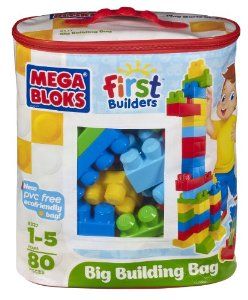
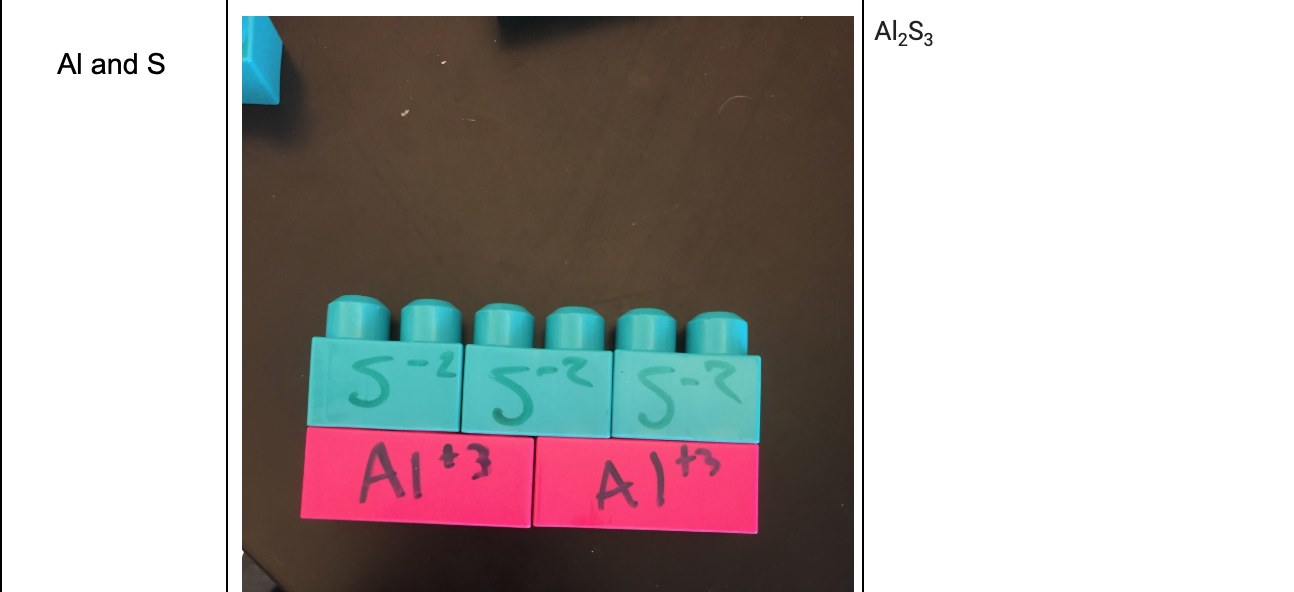
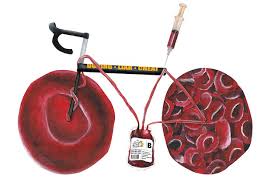
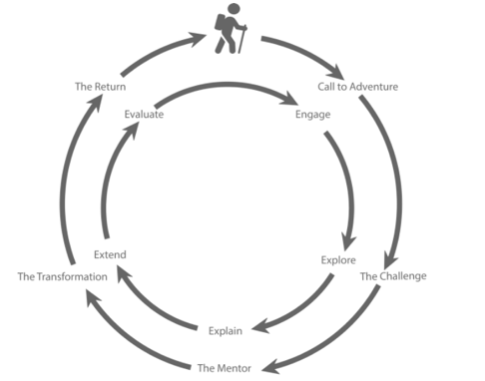
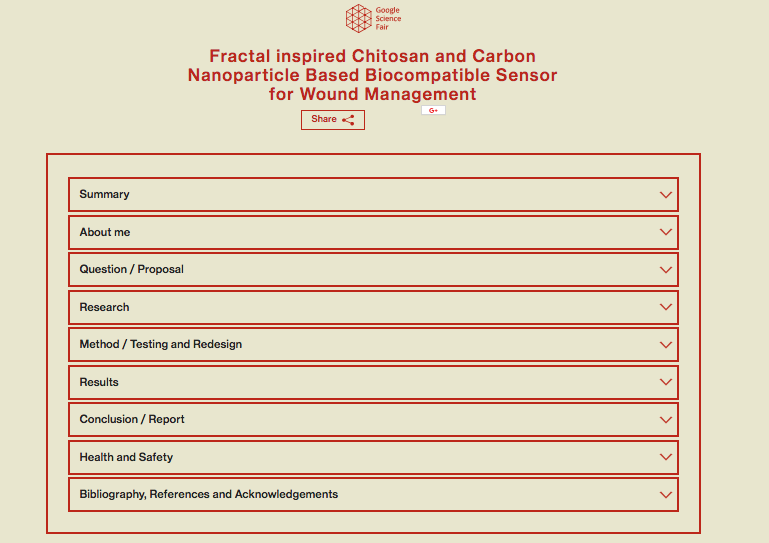
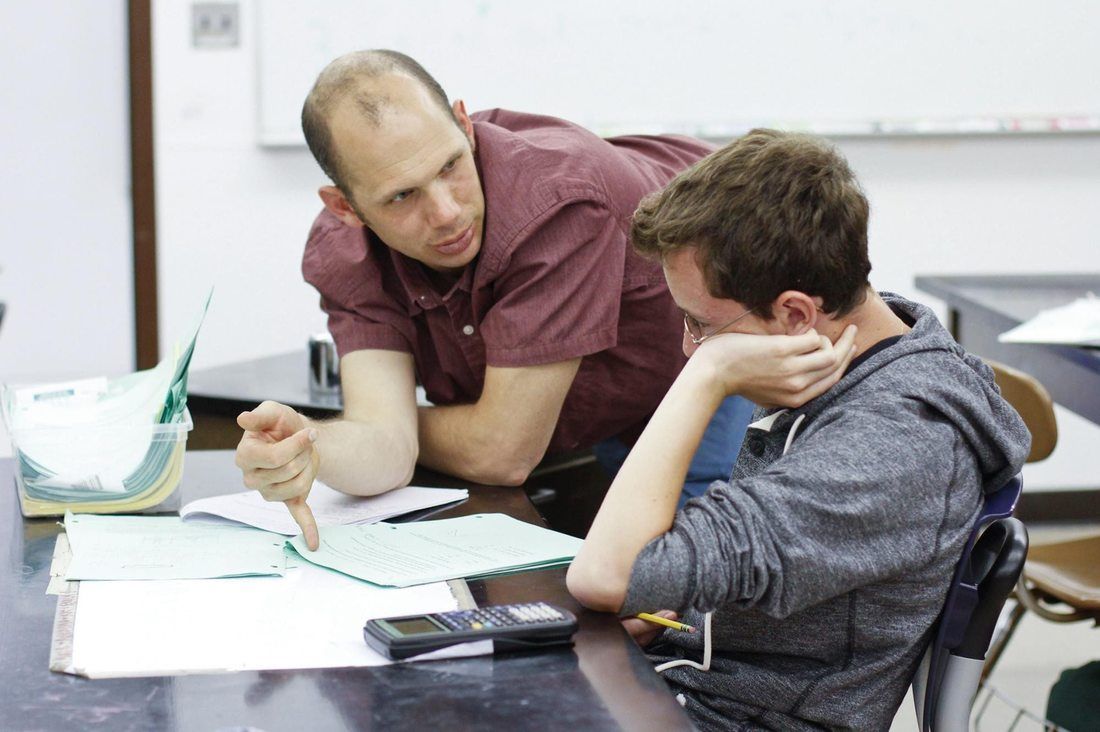
 RSS Feed
RSS Feed